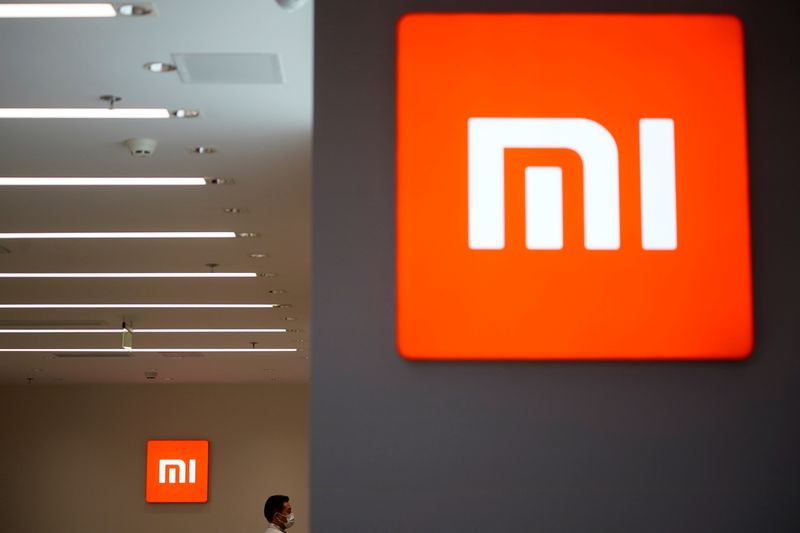SHANGHAI (Reuters) -China’s Xiaomi Corp on Tuesday reported a smaller-than-expected 8.2% rise in third-quarter revenue as smartphone sales growth stalled amid intensifying competition from rivals.
Shares fell nearly 7% at the market’s open on Wednesday.
The company, which gets the vast majority of its revenue by selling mobile handsets, said smartphone revenue rose 0.4% to 47.8 billion yuan ($7.49 billion) in the three months to Sept. 30.
Yet smartphone shipments fell 5.8% on the year in the third quarter to 43.9 million units. The company pointed to the global chip shortage as the cause of the decline.
On an earnings call, Xiaomi president Xiang Wang said that the company is “working hard” to obtain supplies for 4G handsets in overseas markets.
He added that he expects the shortage to persist into the first half of next year, though he still anticipates Xiaomi will “maintain very high growth” in 2022.
Overall sales rose to 78.06 billion yuan in the July-September quarter, missing a market estimate of 79.20 billion yuan from Refinitiv.
Xiaomi, which had managed to grab market share in China after the retreat of sanctions-hit rival Huawei Technologies Co Ltd, has recently lost ground to not just top-sellers Oppo and Vivo, but also Huawei spinoff brand Honor.
Honor edged past Xiaomi to grab the No. 3 spot in terms of smartphone market share in China in the July-September quarter, according to Canalys.
Xiaomi’s shipments in China grew just 4% year-on-year in the period, Canalys said. Overall smartphone sales in the country fell 5%.
Xiaomi has responded to the competition with aggressive pushing into brick-and-mortar retail. Last month, the company opened its 10,000th store in China, and committed to tripling that count over the next two to three years.
The company, which said in March it would spend $10 billion to enter the electric vehicle (EV) market, said on Tuesday it expects to launch mass production of EVs in the first half of 2024.
Xiaomi also makes money by selling online ads and other types of consumer hardware. Growth in its internet services unit, which makes money primarily by placing ads across various apps, jumped 27% year-on-year.
Excluding one-time gains and losses, Xiaomi earned 5.18 billion yuan in profit, largely in line with the average analyst expectations for 5.09 billion yuan.
($1 = 6.3878 Chinese yuan)
(Reporting by Josh Horwitz; Editing by Ana Nicolaci da Costa and Bernadette Baum)

























